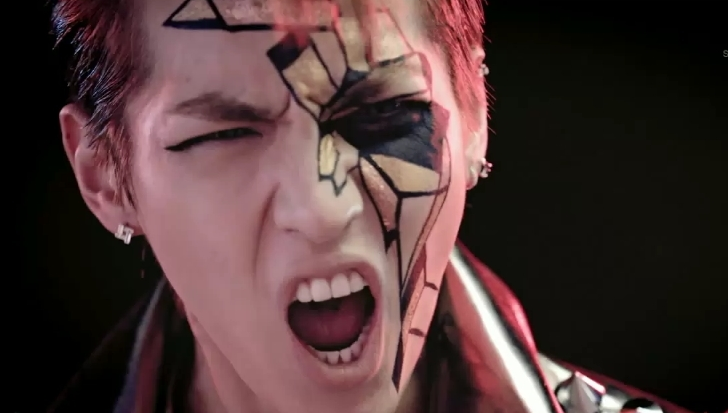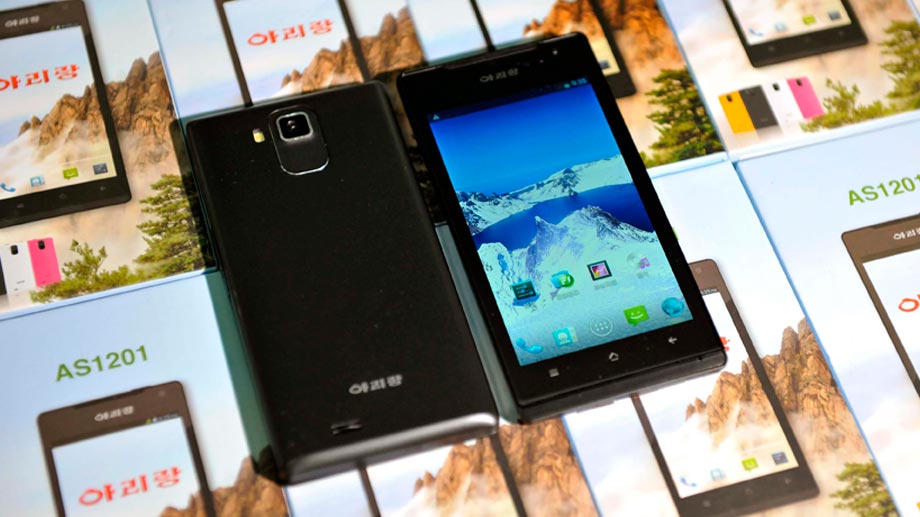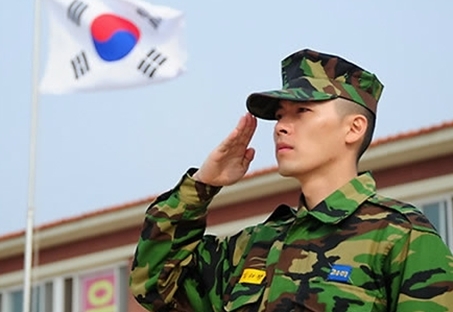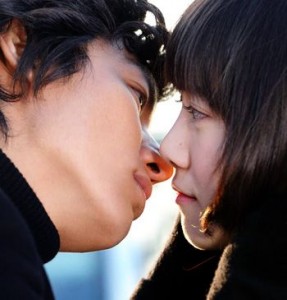 Some months ago, my fellow writer Salima wrote on Cinderella stories as portrayed in Korean dramas, and in doing so alluded to the somewhat complicated world of dating and marriage as it exists in South Korea. Because let’s be real for a hot second — Korean entertainment, from K-dramas to shows like We Got Married, love to portray the complexities of love. And while the basic concept of dating in South Korea is quite obviously familiar to people from other cultures (you find a mate, interact awkwardly, and then maybe eventually tie the knot), there are some elements of dating and beginning to look towards marriage featured in Korean entertainment that might seem a little foreign to the non-Korean viewer. And no, I’m not talking about shrew-beast mothers-in-law. That concept is pretty universal.
Some months ago, my fellow writer Salima wrote on Cinderella stories as portrayed in Korean dramas, and in doing so alluded to the somewhat complicated world of dating and marriage as it exists in South Korea. Because let’s be real for a hot second — Korean entertainment, from K-dramas to shows like We Got Married, love to portray the complexities of love. And while the basic concept of dating in South Korea is quite obviously familiar to people from other cultures (you find a mate, interact awkwardly, and then maybe eventually tie the knot), there are some elements of dating and beginning to look towards marriage featured in Korean entertainment that might seem a little foreign to the non-Korean viewer. And no, I’m not talking about shrew-beast mothers-in-law. That concept is pretty universal.
First off of all, how do young Koreans on the prowl find a suitable partner? Does a young lady simply piss off the hottest boy in school by not fawning over him as does everyone else, thereby leading him to fall hopelessly and irrevocably in love with her? Not quite.
Of course, there are plenty of people who meet boyfriends and girlfriends at school, at work, at clubs, bars, and what have you; they begin their relationship much as would any other couple. But a considerable number of people meet their mate through others, and usually through set-ups. Blind dating is exceedingly popular in South Korea, and friends are often deeply engaged in setting up their friends with suitable bachelors or bachelorettes that they might know from elsewhere.
There are two principle types of blind dating that you’ll encounter in South Korea:
- One-on-one blind date, known in Korean as a so-gae-ting. “So-gae” translates to “introduction,” which is exactly what these sorts of dates are. Potential couples, usually after having been introduced through a mutual friend or friends, meet on their own at (usually) a restaurant or bar; if the first impressions are favorable, then it will likely lead to a second, third, and maybe even fourth date. And probably couple rings at some point or another.
- Group blind dates, known as “meetings” — and yes, the term is borrowed from the English term. Group dates bring together two groups of friends, usually of equal number (as in four girls and four guys) at (usually) restaurants or bars. These dates allow individuals to meet a number of people in the hopes that they will hit it off with someone. And if that happens, there’ll be a second, third, and maybe even a fourth date. And probably couple rings at some point or another. You get the picture, right?
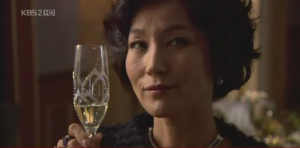 So-gae-ting and meetings are prominent, especially among university students, but what happens when Koreans — women especially — start creeping dangerously closer to that dreaded age…th…thir…thirty? Which, if you’ve read my article on terms of address in Korean, comes earlier for Koreans than it does for most other people, as the system of calculating age works it out so that people who may be only 28 or 29 are considered 30 in Korean. Well, blind dating is still an option, but at this point, many Koreans prefer to expedite the process; women at thirty (and their eggs) aren’t getting any younger, so the frills of dating (like, say, getting to know each other) can be skipped so long as the potential partner looks like he’ll make a good husband. This kind of expedited blind dating is called sun bo-neun-geot, translated loosely as “blind dating with a view towards marriage.” These sorts of blind dates are far more formal than are so-gae-ting and tend to involve close family members, matchmakers, or both. And yes, matchmaking services are still quite prevalent in South Korea, especially for older women (and by “older,” I really just mean closing in on thirty) or children of filthy rich families whose families are concerned about their children marrying people of a certain stock (like how Jun-pyo of Boys Over Flowers was all set to marry Jae-kyung because she was an appropriate match, money-wise — and Jan-di was not).
So-gae-ting and meetings are prominent, especially among university students, but what happens when Koreans — women especially — start creeping dangerously closer to that dreaded age…th…thir…thirty? Which, if you’ve read my article on terms of address in Korean, comes earlier for Koreans than it does for most other people, as the system of calculating age works it out so that people who may be only 28 or 29 are considered 30 in Korean. Well, blind dating is still an option, but at this point, many Koreans prefer to expedite the process; women at thirty (and their eggs) aren’t getting any younger, so the frills of dating (like, say, getting to know each other) can be skipped so long as the potential partner looks like he’ll make a good husband. This kind of expedited blind dating is called sun bo-neun-geot, translated loosely as “blind dating with a view towards marriage.” These sorts of blind dates are far more formal than are so-gae-ting and tend to involve close family members, matchmakers, or both. And yes, matchmaking services are still quite prevalent in South Korea, especially for older women (and by “older,” I really just mean closing in on thirty) or children of filthy rich families whose families are concerned about their children marrying people of a certain stock (like how Jun-pyo of Boys Over Flowers was all set to marry Jae-kyung because she was an appropriate match, money-wise — and Jan-di was not).
People who agree to do sun meet with the understanding that if the person they have been set up with is a suitable match for them (and please refer to Salima’s article for a more detailed account of how matchmaking works), then marriage will be the next step — and it can happen within a matter of months. Personally, the speed at which many Koreans meet and marry was one of the most alarming and shocking elements of Korean society that I encountered when I first arrived in South Korea; in the United States, when a couple announces that they’re getting married after barely a few months of knowing each other, they’re usually either in a slightly pregnant state or are some ridiculous attention-grabbing celebrity. But in South Korea, it isn’t uncommon at all for couples to meet and have married before a year has gone by.
Whether couples meet by so-gae-ting, meeting, or sun, once marriage has been agreed upon, a formal meeting must take place between both families. 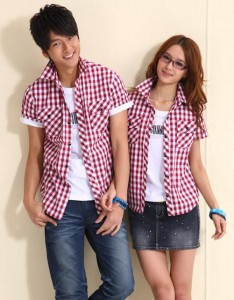 And then, if everyone is in agreement, wedding preparations are made. These are usually ridonkulously expensive and involve pricey designer gift exchanges on both sides in addition to the normal expenses of booking a church/wedding hall, buying dresses and hanbok for the relevant individuals, flowers, food, and so on. Additionally, the groom’s family is traditionally expected to purchase a home for the new couple to live in, while the bride’s family is expected to furnish it. These sorts of arrangements are generally the most stress-inducing of the entire marriage process, and for good reason.
And then, if everyone is in agreement, wedding preparations are made. These are usually ridonkulously expensive and involve pricey designer gift exchanges on both sides in addition to the normal expenses of booking a church/wedding hall, buying dresses and hanbok for the relevant individuals, flowers, food, and so on. Additionally, the groom’s family is traditionally expected to purchase a home for the new couple to live in, while the bride’s family is expected to furnish it. These sorts of arrangements are generally the most stress-inducing of the entire marriage process, and for good reason.
Much more can be said for Korean marriage, but let’s round off with some dating fun facts that you’ll probably be able to spot the next time you’re watching some form of K-entertainment that deals with relationships…aka basically everything:
- Anniversaries are important in South Korea, but most couples celebrate their “100 days” before anything else. This is, as the name implies, a celebration of their 100th day together. Anyone remember the part of My Sassy Girl where Gyeon-woo takes The Girl to an amusement park? That was their 100th day date.
- This one is getting a bit less common, but girls often expect guys to carry their handbags for them on dates. How this started, I have no idea, although I guess it comes from some combination of chivalry and heavy handbags; it would seem to me that women would buy a particular handbag because they wanted to wear it and look fancy, but instead women seem all too gratified to hand it off and watch their boyfriend struggle with the weight of…lip gloss and hair pins? I don’t know what would be in the bag that would make it such a hassle to carry, but yeah. This is a thing, and you’ll definitely see it in dramas.
- COUPLE OUTFITS. And I’m not even just talking t-shirts. I’m talking shirts, pants, jackets, shoes, and even shoelaces. A lot of time and money must be spent coordinating this Herculean effort, and the end product is…kind of LOLtastic. Or maybe I’m just bitter because I have no one to wear a couple outfit with. Anyone want to set me up on a blind date?
Questions or comments about dating or marriage in South Korea? Or examples of the aforementioned from your favorite TV show? Leave them below!
(Images: [1] [2], Kendall, Laurel. Getting Married in Korea. Berkeley: University of California Press, Ltd., 1996))

